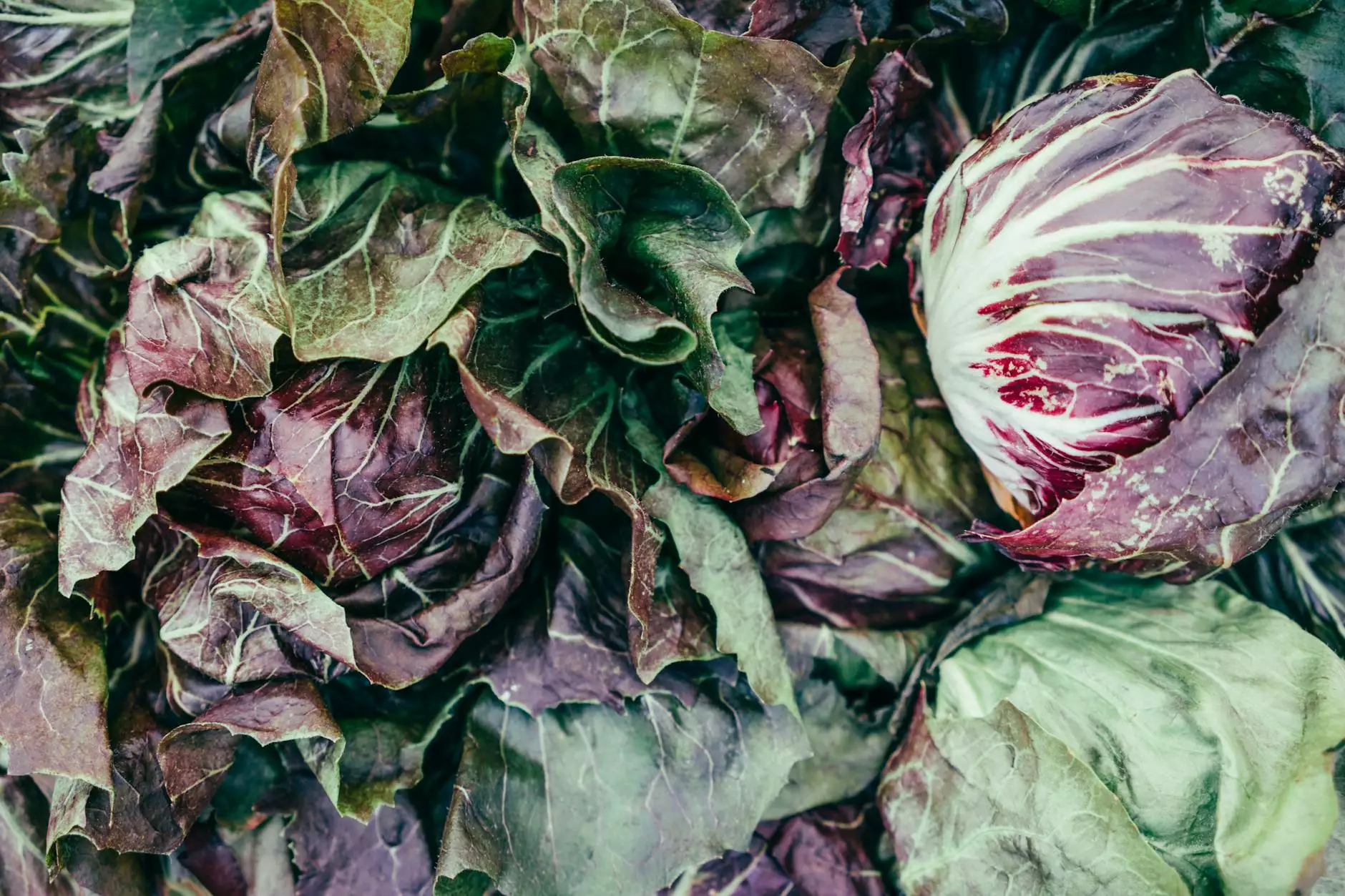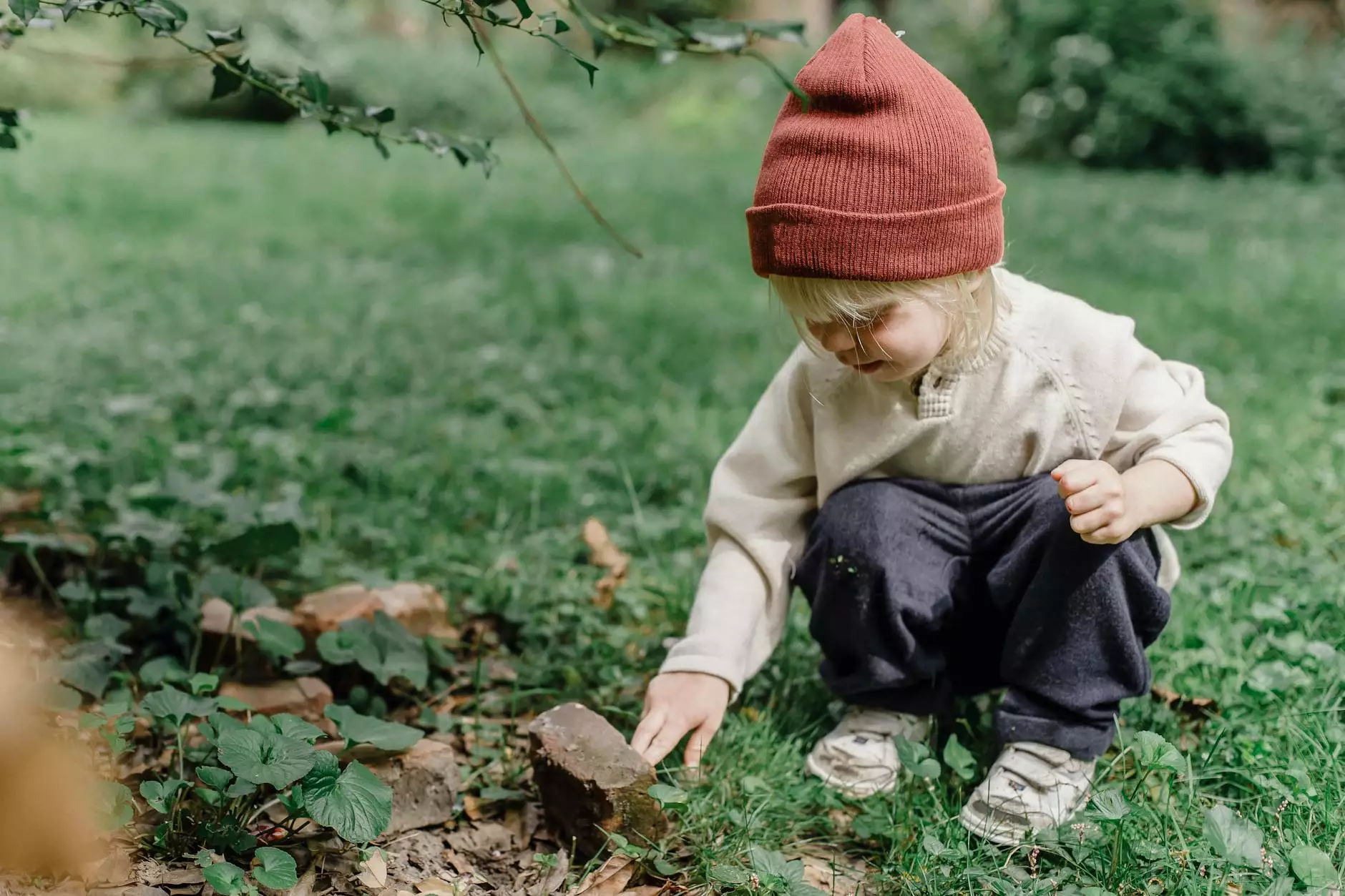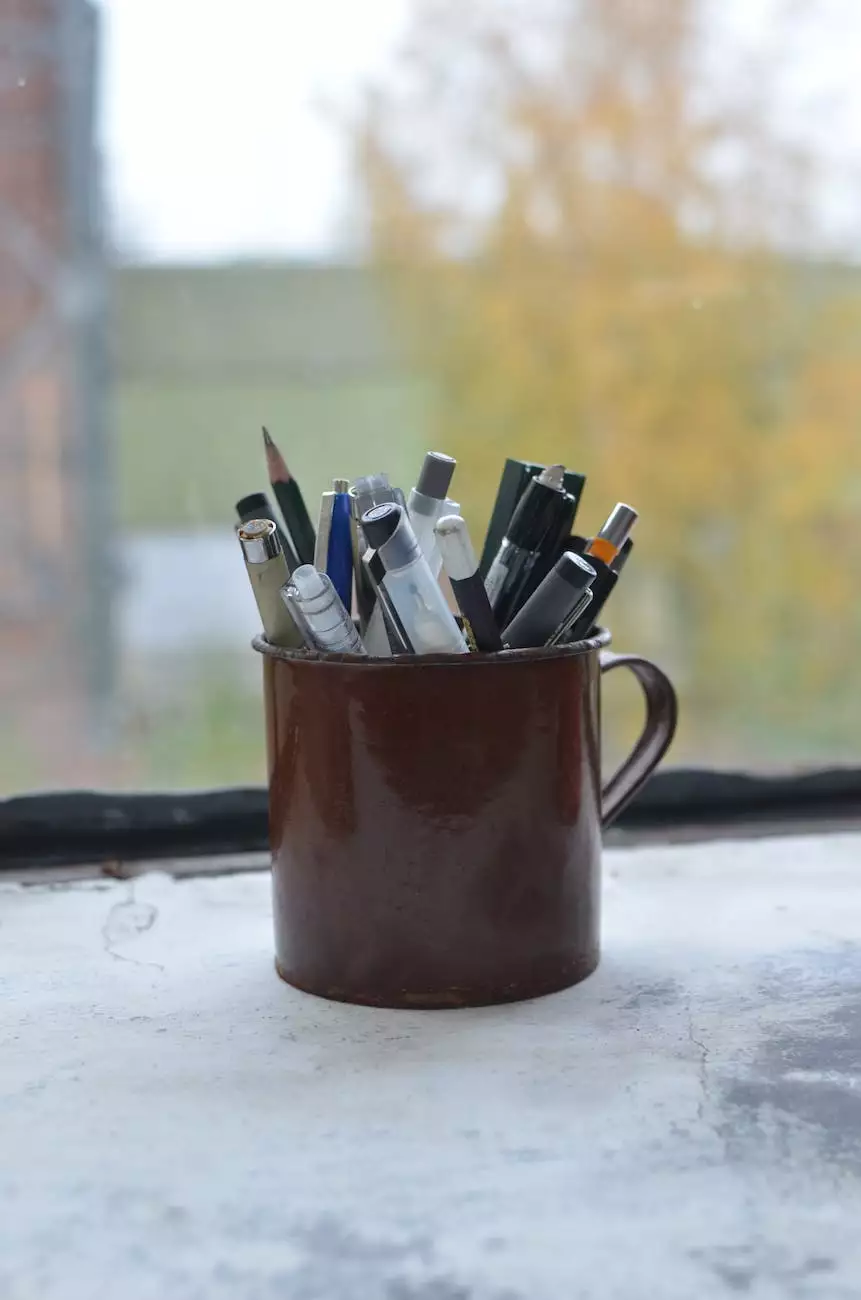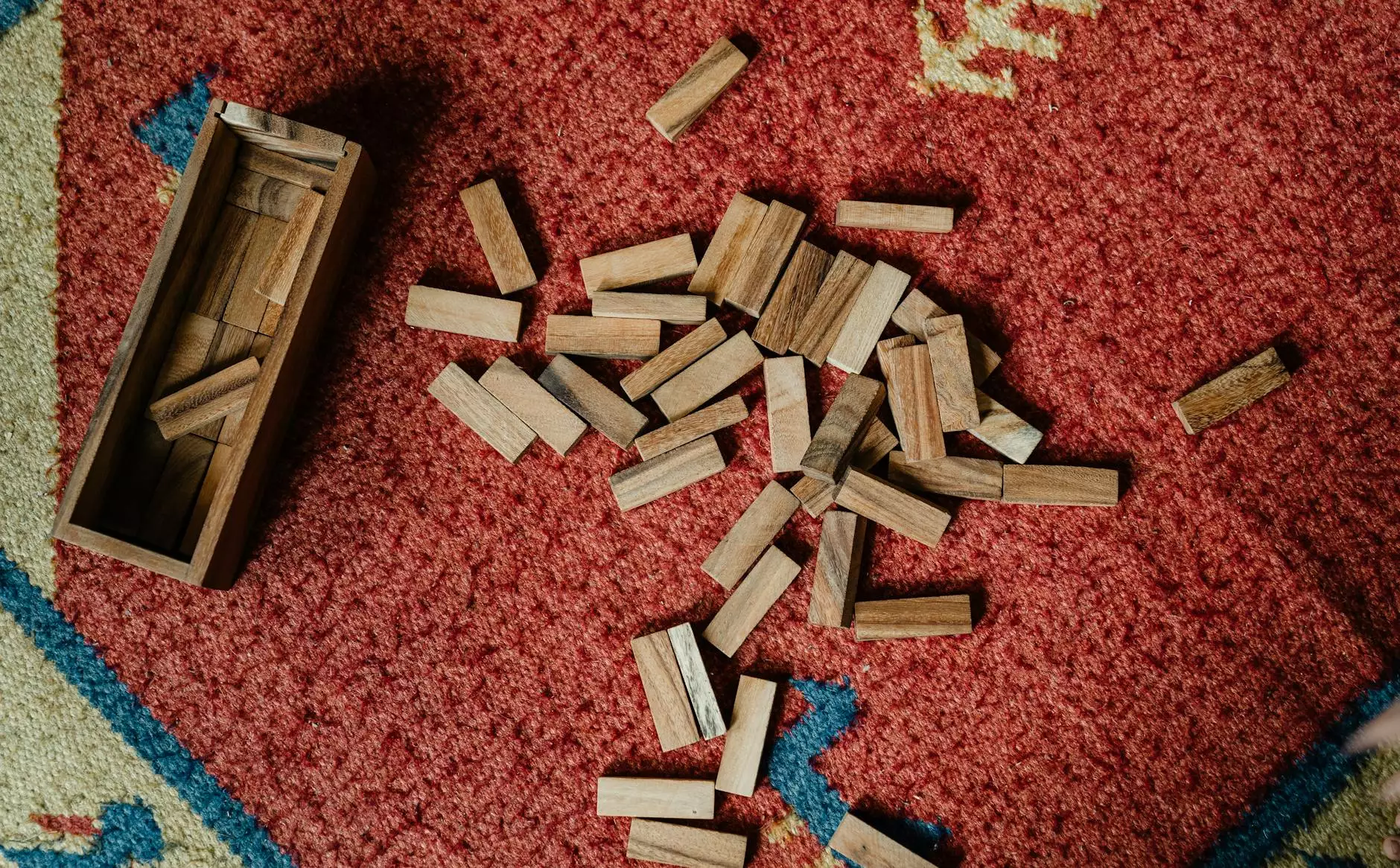Garden Critter Color Sort

Introduction
Welcome to The Knowledge Nest's comprehensive guide on the vibrant colors of garden critters. In this article, we will delve into the fascinating world of various garden critters and explore the wonders of their coloration patterns. From insects to birds, we will uncover the secrets behind their vivid hues and the significance of color in nature.
The Importance of Color in Nature
Color plays a crucial role in the natural world, serving as a means of communication, camouflage, and attraction. Understanding the colors found in garden critters can provide valuable insight into their behavior, survival strategies, and ecological significance.
Insects: A Kaleidoscope of Colors
When it comes to color diversity, insects never fail to impress. From the vibrant red of ladybugs to the iridescent blues of Morpho butterflies, these tiny creatures showcase an array of hues that mesmerize and fascinate. But why do insects exhibit such vivid colors?
One reason is sexual selection. Male insects often display bright and striking colors to attract potential mates. These colors signal their fitness and genetic quality. Female insects, on the other hand, may use coloration to indicate their receptiveness to mating or ward off aggressive males. Examples include the colorful wings of butterflies during courtship dances or the vivid patterns seen on damselflies.
Color in insects can also serve as a defense mechanism. Some insects, like certain beetles, sport warning colors that indicate their toxicity or bad taste, deterring potential predators. Others blend seamlessly with their surroundings using camouflage, making it difficult for predators to spot them.
Birds: A Vibrant Avian Symphony
The avian world is renowned for its stunning and diverse coloration. From the rainbow plumage of parrots to the majestic hues of peacocks, birds display an awe-inspiring palette that captures our imagination. But how do birds acquire such striking colors?
Feathers are responsible for the vibrant hues seen in birds. The coloration is mainly due to pigments and structural properties of feathers. Pigments such as carotenoids produce colors ranging from yellows and oranges to vibrant reds. Melanin, another pigment, gives rise to browns and blacks.
Birds utilize their vivid colors for various purposes. Males often use vibrant plumage to attract mates and establish territories. The impressive courtship displays of birds, accompanied by their colorful feathers, serve as visual cues to potential mates and rivals.
Additionally, colors in birds can aid in camouflage, allowing them to blend into their habitats and evade predators. For example, certain owls have feathers that mimic tree bark, providing exceptional camouflage during the daytime.
Mammals: Nature's Diverse Palette
While many mammals may not exhibit the same bold and vibrant colors as insects and birds, they still display a wide range of hues. From the golden fur of lions to the striped patterns of zebras, mammals showcase a diversity of coloration.
Color in mammals often serves as a form of visual communication. The bright orange and black patterns of tigers, for instance, act as warning signals to potential threats, indicating their presence and potentially deterring predators.
Camouflage is another application of color in mammals. Some species, like the Arctic fox, change their fur color seasonally to blend with their environment. This adaptive coloration allows them to remain hidden from predators or prey.
The Fascinating World of Garden Critter Coloration
Garden critters encompass a vast array of insect species, birds, and small mammals that inhabit our gardens and contribute to the delicate balance of our ecosystems. Understanding their coloration patterns and the reasons behind them helps us appreciate the beauty and complexity of the natural world around us.
Conclusion
The vibrant colors found in garden critters are not only visually captivating but also hold significant ecological and evolutionary significance. From attracting mates to providing effective camouflage, color plays a vital role in the survival and behaviors of these creatures. By exploring the world of garden critter coloration, we gain a deeper understanding of the intricate web of life that surrounds us.









